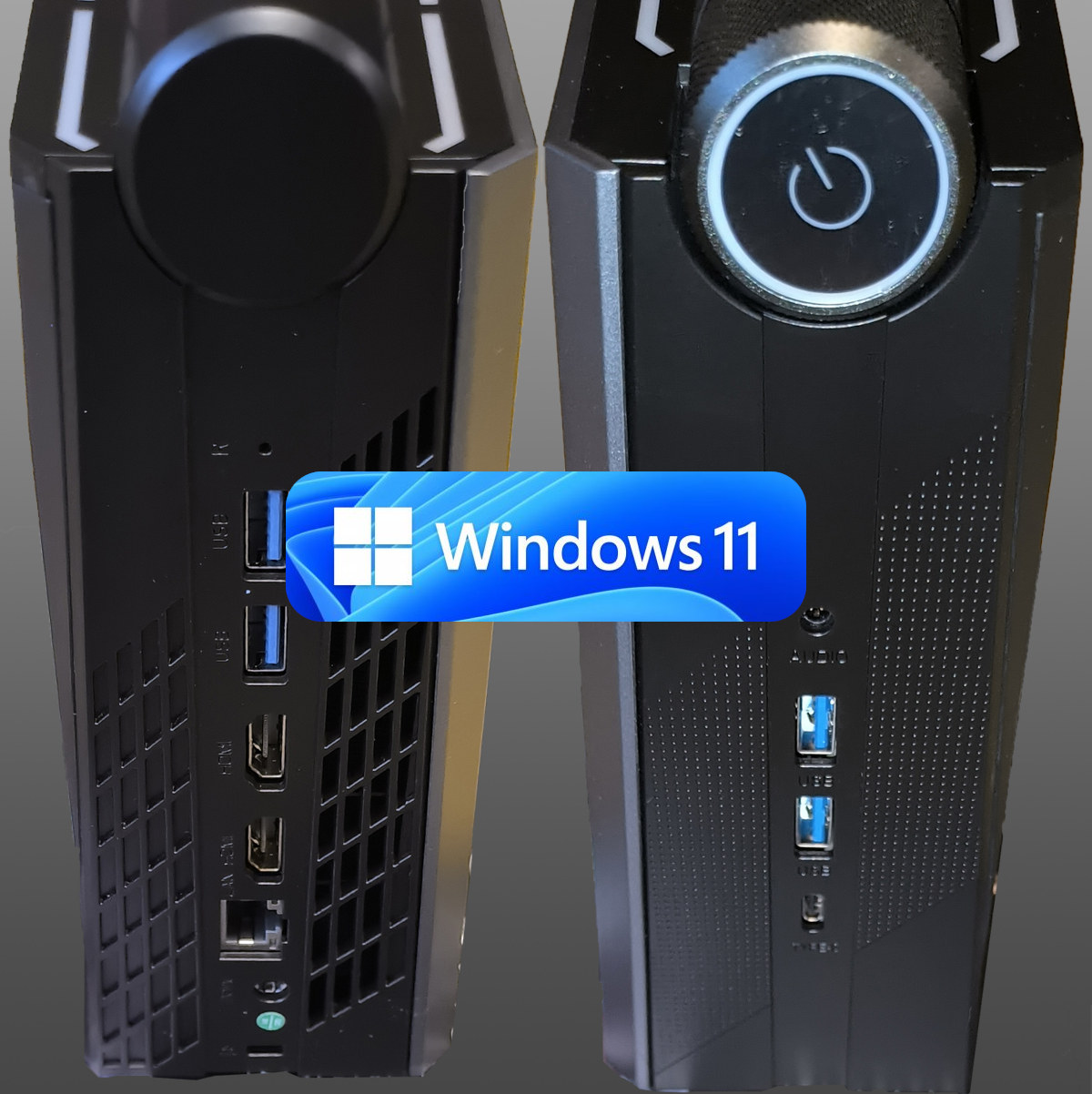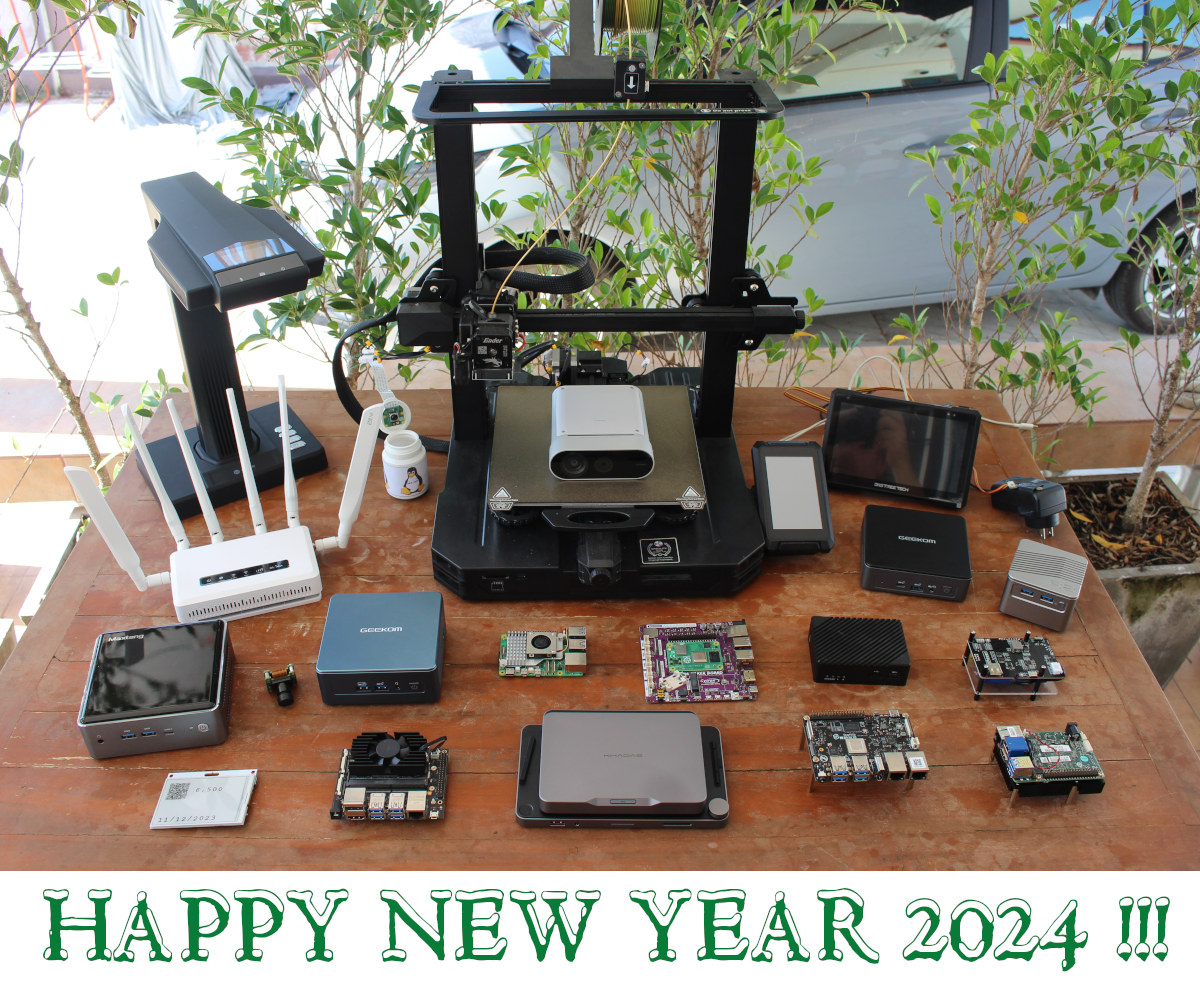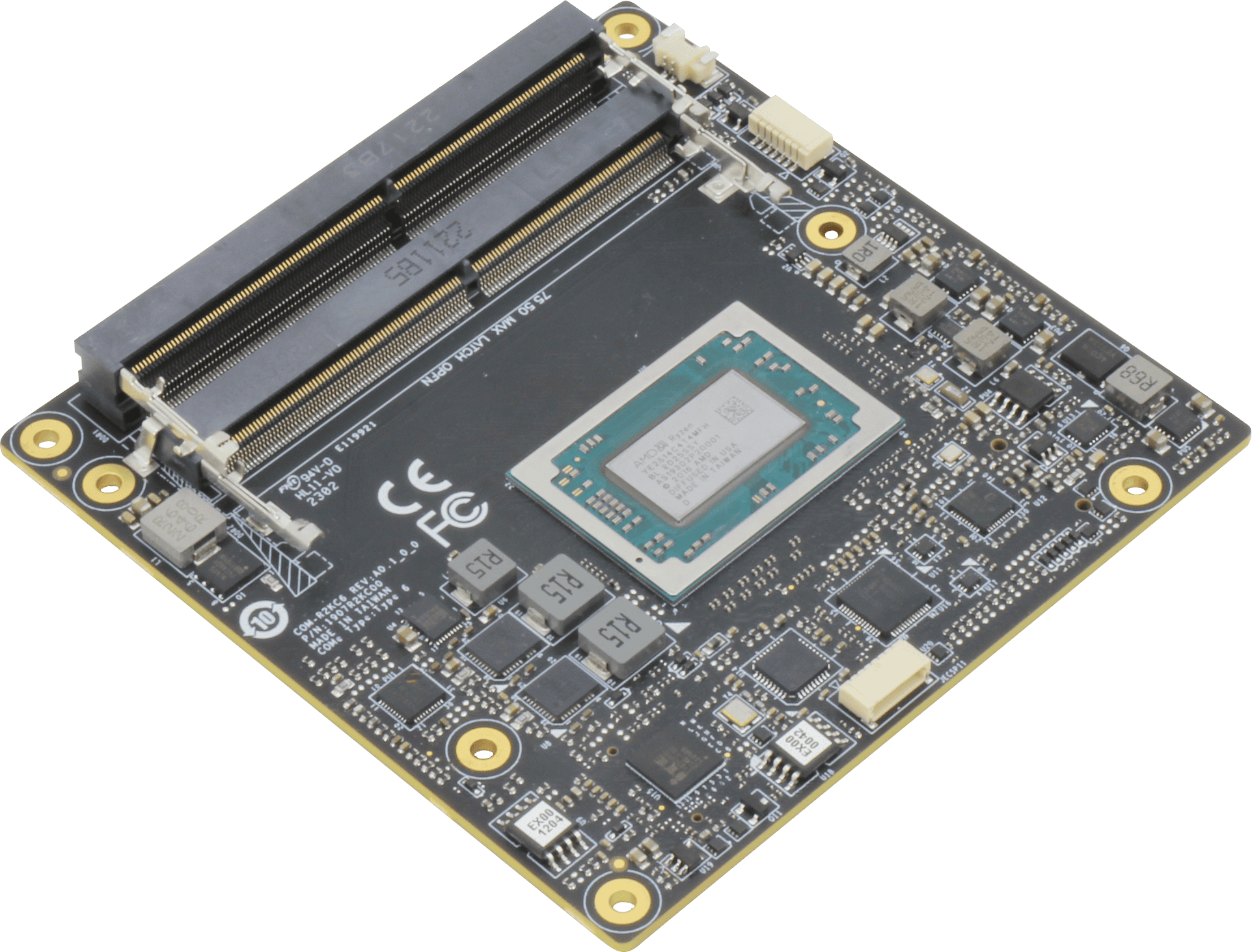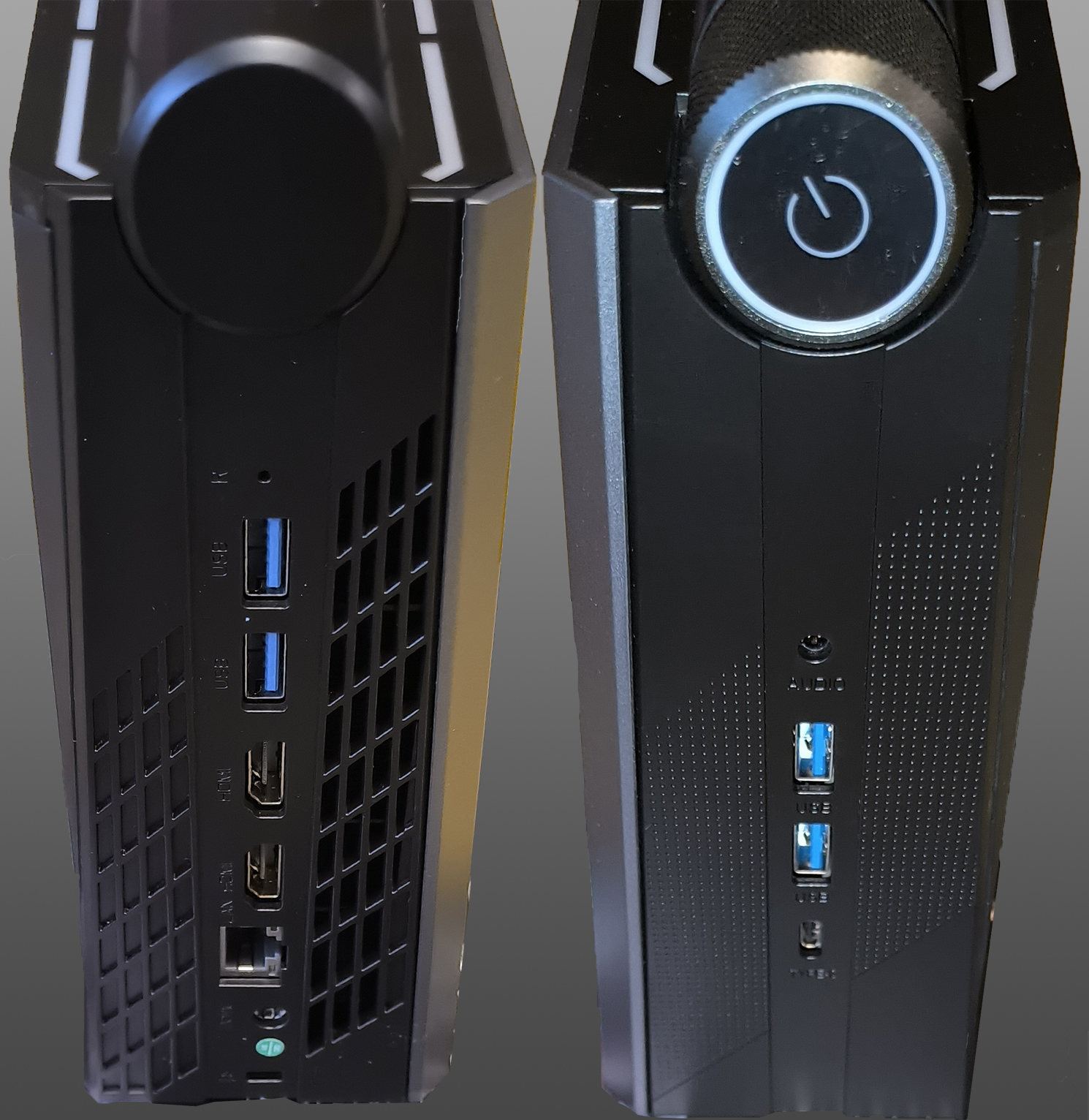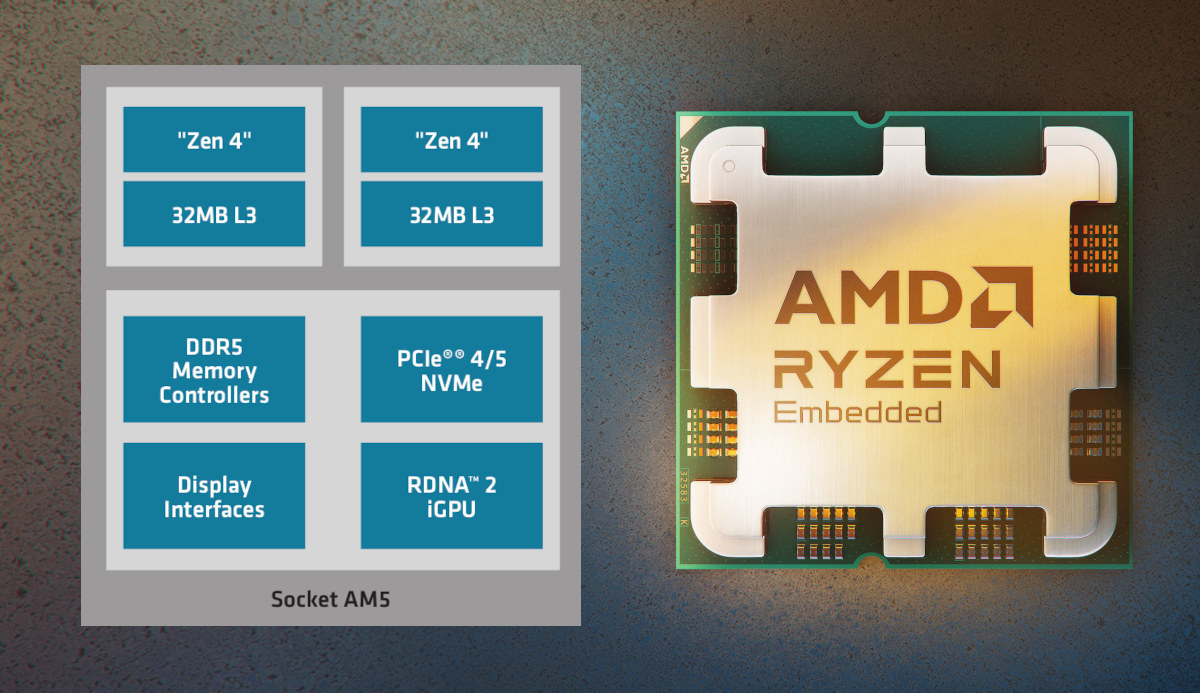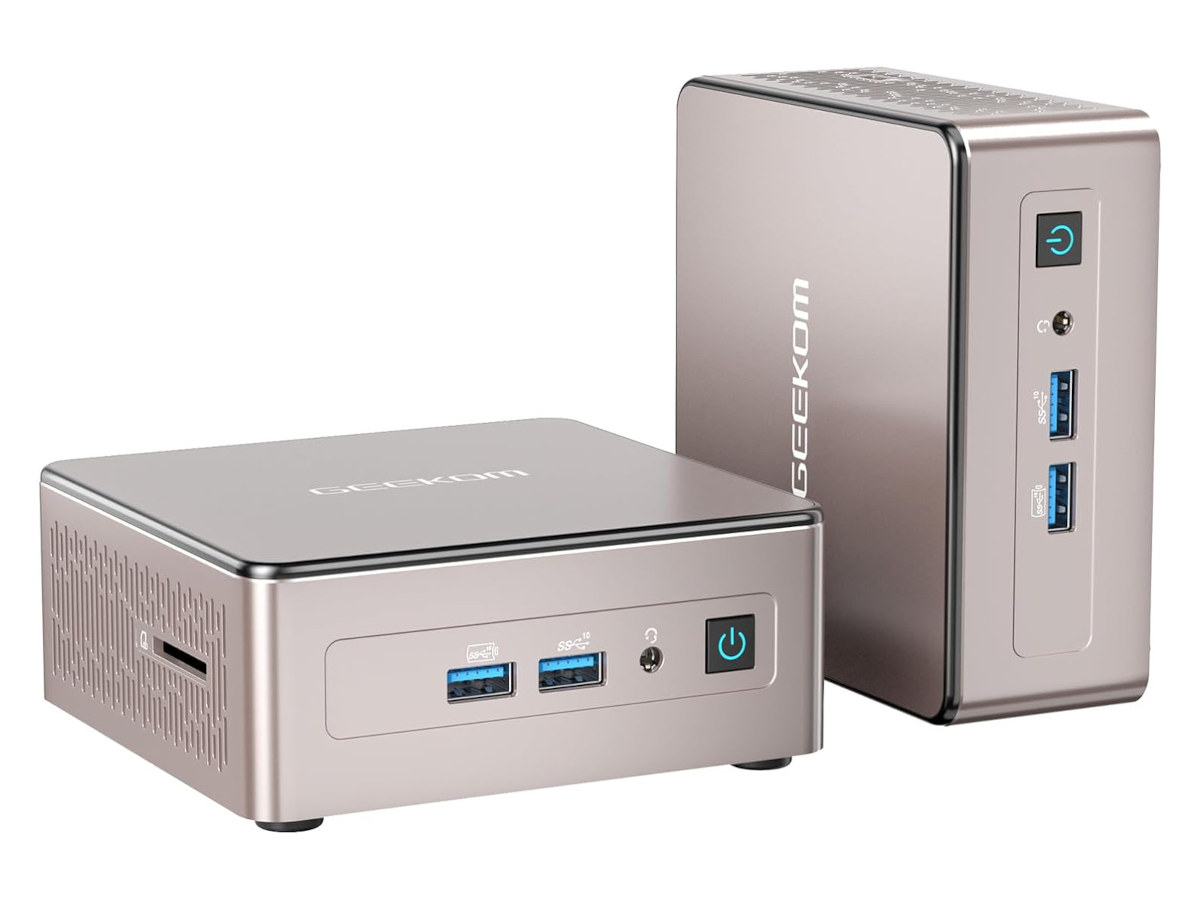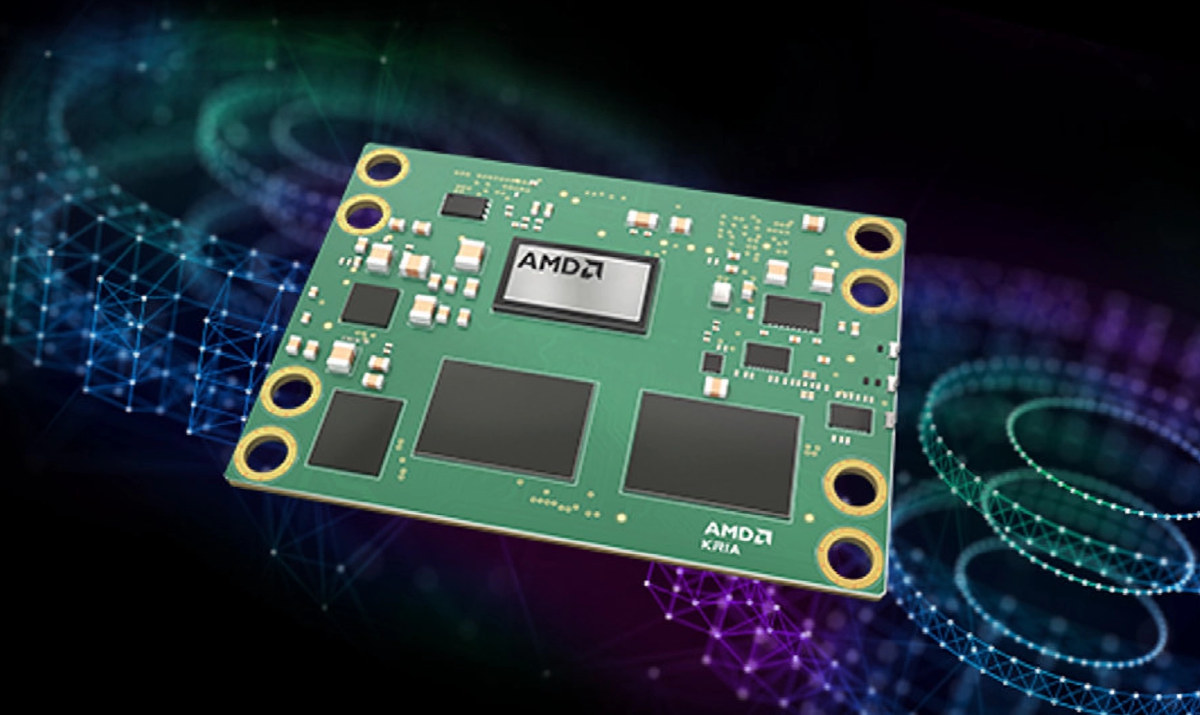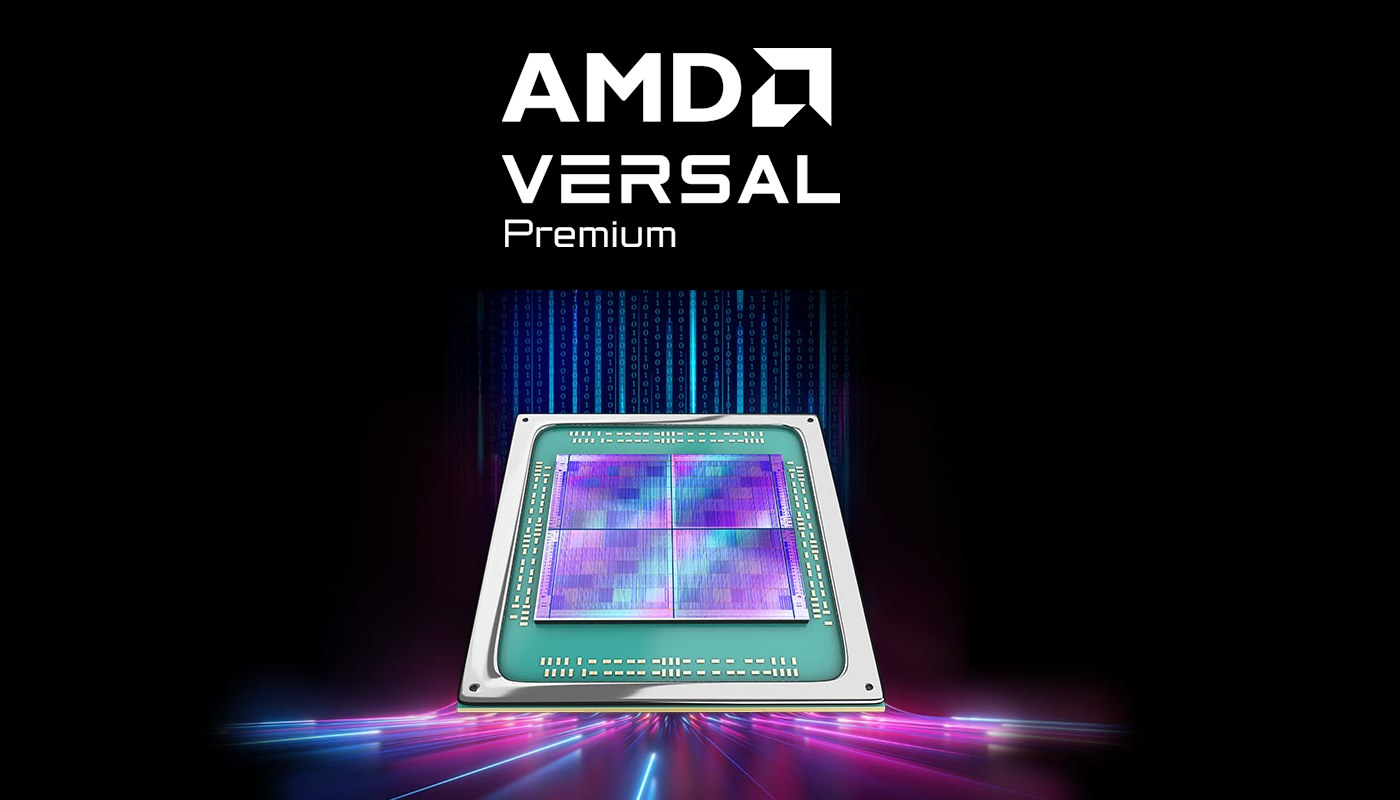I checked out the hardware of the Chatreey AM08 Pro mini PC using an AMD Ryzen 9 7940HS CPU with an unboxing, a teardown, and the first boot in the first part of the review. Now it’s time for the 2nd part which will focus on Windows 11 Pro testing on the AM08 Pro. As previously said, I have received a version with a PCIe 3.0 NVMe SSD, which I have replaced with a 1TB Samsung 990 Pro NVMe SSD, so a Windows 11 reinstall was needed (I could also use Linux and dd one drive to another, but I had a Windows 11 ISO). Since the installation lacks a WiFi driver, I had to use the command oobe\BypassNRO to complete the installation. You can skip that step if you connect an Ethernet cable. The license was activated after connection to the Internet, so reinstallation is not a problem. Table […]
2023 Year in review – Top 10 posts, statistics, and what to expect in 2024
It’s the last day and last article of the year, so we will look at some highlights of 2023, some traffic statistics on the CNX Software website, and speculate what interesting developments may happen in 2024. Looking back at 2023 The semiconductor shortage that had happened since 2020 started to fade away in early 2023, and supplies for most electronics components and devices seem to be adequate at this time, so that was a bright spot this year, and hopefully, it will stay that way in 2024 despite geopolitical tensions. We did not have any super exciting new Arm application processors from Rockchip, Amlogic, or Allwinner announced this year, although the Amlogic S928X penta-core Cortex-A76/A55 CPU started to show up in some 8K TV boxes. The launch of the Raspberry Pi 5 SBC with a Broadcom BCM2712 quad-core Cortex-A76 processor was probably the main highlight for Arm on this side […]
AAEON COM-R2KC6 – A COM Express Module featuring the AMD Ryzen Embedded R2000 Series
AAEON, a Taiwan-based hardware manufacturer, has released the COM-R2KC6, a new COM Express module in the Type 6 compact form factor. This computer-on-module board is the first COM Express module to feature AMD’s mid-range processor series, the Ryzen Embedded R2000 series. The R2KC6 will be sold with an R2000 CPU, with TDP ranging from 15W to 45W and up to 4 cores and 8 threads (4C/8T). The R2000 SoCs provide up to two times the I/O connectivity and CPU core count of their R-series predecessors. Relatedly, ADLINK recently announced a COM Express Type 7 module based on AMD’s Ryzen Embedded V3000 processor. The COM-R2KC6 supports four simultaneous 4K displays through an embedded DisplayPort (eDP) connector and three Digital Display Interface (DDI) connectors. This means the integrated AMD Radeon Vega 8 graphics card can be used to its maximum potential. Additional graphics support is available through the board’s PEG x4 slot. […]
Chatreey AM08 Pro (Ryzen 9 7940HS) mini PC review – Part 1: unboxing, teardown, and first run
Chatreey AM08 Pro (also known as AM08pro) is a mini PC based on AMD Ryzen 7940HS CPU with up to 64GB dual-channel DDR5 RAM, one PCIe Gen 4×4 M.2 2280 SSD socket, one SATA3 2.5” drive, WiFi 6E (8852BE) and Bluetooth 5.2, also 2.5GbE Ethernet, a full-fledged Type-C USB port, a 3.5mm audio jack and 4x USB 3.0 porta. I have bought AM08 Pro from Aliexpress with an AMD Ryzen 7940HS (8C/16T, 4.0GHz up to 5.2 GHz), 16GB DDR5 RAM (2x8GB), and 512GB SSD. The review will be done following the usual procedure with the first part listing the specifications, checking out the package content, tearing down the system, and giving it a first try, before testing it more thoroughly with the pre-installed Windows 11 and Ubuntu 22.04 in the next parts. AM08 Pro specifications Model AM08 Pro CPU AMD Ryzen 7 7735HS (8 Cores, 16 Threads, 16MB Cache, 3.2 […]
AMD Ryzen Embedded 7000 Zen 4 SoC integrates Radeon RDNA 2 graphics, up to 28 lanes of PCIe 5 connectivity
AMD Ryzen Embedded 7000 Series is a new “Zen 4” processor with integrated Radeon RDNA 2 graphics designed for high-performance embedded systems targetting industrial automation, machine vision, robotics, and edge servers. The last two Ryzen Embedded families from AMD, namely the Ryzen Embedded V3000 and Ryzen Embedded 5000, mostly targeted headless networking and storage applications since the processors lacked any 3D GPU. But the new Ryzen Embedded 7000 processors bring back graphics with a Radeon RDNA 2 GPU clocked at up to 2.2 GHz and also come with up to 12 Zen4 cores clocked at up to 5.4 GHz, and feature up to 28 lanes of PCIe 5 connectivity. Ryzen Embedded 7000 Series specifications: CPU – Up to 12-core/24-thread “Zen 4” processor GPU – Radeon RDNA 2 graphics 1WGP @ 2.2GHz max with support for AV1/VP9 decode, H.264/HEVC decode/cncode Cache – Up to 1MB L2 cache/Core, up to 32MB L3 […]
GEEKOM A5 AMD Ryzen 7 5800H mini PC offered for just $327.99 (Sponsored)
GEEKOM A5 is a mini PC powered by an AMD Ryzen 7 5800H processor combined with 32GB RAM and a 512GB SSD whose suggested retail price is $499.99, but is now offered for just $327.99 on Amazon with a $50 “page coupon” plus an extra 16% discount with the coupon CSA516OFF. The mini PC also supports up to four 4K displays via two HDMI 2.0 outputs and two USB-C (USB 3.2 Gen 2) ports, 2.5Gbps Ethernet and WiFi 6 networking, and features three USB 3.2 Gen 2 Type-A ports, one USB 2.0 port, and a 3.5mm audio jack. GEEKOM A5 specifications: SoC – AMD Ryzen 7 5800H 8-core/16-thread processor up to 3.2 GHz / 4.4 GHz (Turbo) with 16MB cache, AMD Radeon Vega 8 Graphics; TDP: 35W System Memory – 32GB RAM via dual-channel DDR4-3200 SODIMM Storage 512GB M.2 2280 PCIe Gen 3×4 NVMe SSD, upgradable to 2TB NVMe or […]
AMD Kria K24 Zynq Ultrascale+ system-on-module targets motor control and DSP applications
The AMD Kria K24 System-on-Module (SOM) with a custom-built Zynq UltraScale+ MPSoC and the KD240 Drives Starter Kit are designed for the development of cost-sensitive industrial and commercial edge applications. The new Kria K24 is about half the size of a credit card and uses half the power of the larger, but connector-compatible, Kria K26 SOM that was introduced in 2021 for computer vision applications when the company was still known as Xilinx. That means existing K26 carrier boards can be reused with the Kria K24 SOM without modifying the PCB, but note there’s only one 240-pin connector on the new module, plus an extra 40-pin connector. AMD Kria K24 specifications: MPSoC – Custom-built Zynq Ultrascale+ XCK24 Quad-core Arm Cortex-A53 processor up to 1.3 GHz Dual-core Arm Cortex-R5F real-time processor up to 533 MHz Mali-400 MP2 GPU up to 600 MHz FPGA fabric with 154K logic cells AMD Deep Learning […]
AMD Versal Premium VP1902 SoC FPGA provides 18.5M logic cells for SoC emulation and prototyping
AMD Versal Premium VP1902 adaptive system-on-chip (SoC) is said to be the world’s largest adaptive SoC with the FPGA providing 18.5 million logic cells in order to streamline the verification of complex ASIC and SoC designs. The new AMD Embedded SoC FPGA offers twice the capacity of the previous generation Virtex UltraScale+ VU19P SoC FPGA and is significantly larger than the Intel Stratix 10 GX 10M FPGA with 10 million logic cells. AMD Versal Premium VP1902 highlights: 18.5 million (18,504K) system logic cells, 8,460K LUTs 6,864 DSP engines Dual-core Arm scalar processors 2x Arm Cortex-A72 application processor 2x Arm Cortex-R5F real-time processor Memory 14x hardened DDR memory controllers 239 Mbit Block RAM 619 Mbit UltraRAM Up to 160 high-speed serial transceivers, including up to 32x 112Gbps PAM-4 GTMs and up to 128x 32.75Gbps GTYPs 2,328 SelectIO resources capable of operating at up to 3.2 Gbps Integrated hard IP – 16x […]


